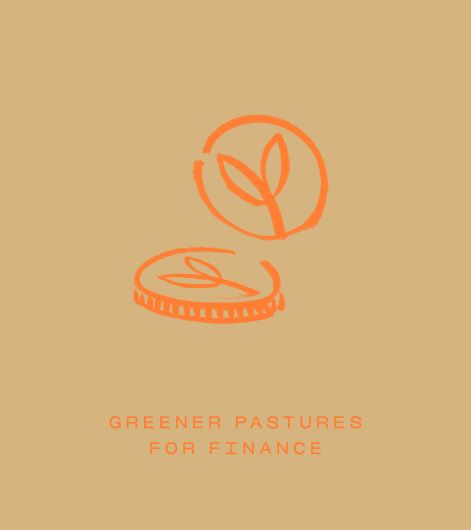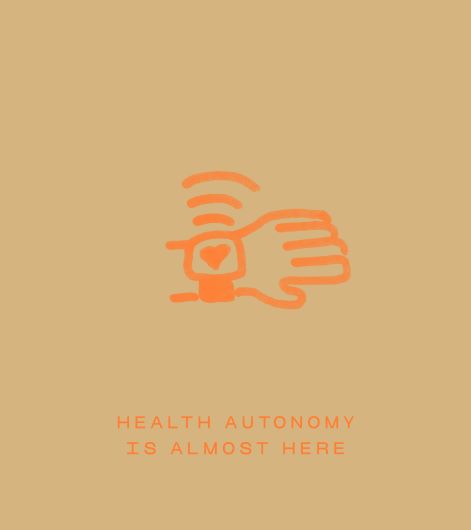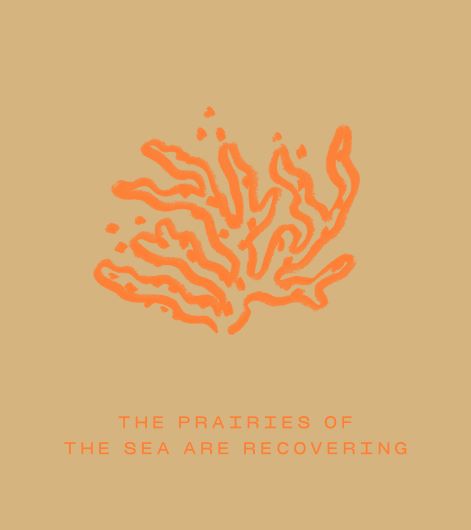Although the world may sometimes seem like it’s all doom and gloom, good things keep on happening. From green investments to the prairies of the sea, we list five things to be happy about today.
1. Greener pastures for finance
According to a Divest-Invest campaign, 985 institutional investors who account to -almost 6.5 trillion USD have turned away from fossil fuel — a stark contrast to 52 billion USD only four years ago. Clean tech — companies that work to turn fields like energy, water, agriculture, transportation and manufacturing environmentally viable — is no longer just for hippie financiers, but for everyone.
The 2018 UN Environment report on global trends in renewable energy investment stated that global investment in renewable energy surpassed 200 billion USD in 2017 and, since 2004, 2.9 trillion USD has been invested in energy sources such as solar and wind power. Making moves towards clean teach could help solve some facets of climate change. In the future, investors might be increasingly compelled to invest in clean tech by international regulations and public calls to action. We are looking forward to seeing how the world will turn green one investment at a time.

2. More diversity in the board room
The latest Fortune 500 list set records: 33 of all of the companies listed are spearheaded by female CEOs. Although the sum is still disproportionately small — only 6.6 percent of the group as a whole — it is a big jump. A trend of women and minorities finding their footing as board members has been developing for almost two decades. While in 2004, women only occupied 15.7 percent of board seats in the Fortune 500-listed companies, today, they sit on 25.5 percent of the board seats. When women and minorities are well-represented in the boardroom, they are also more likely to be appointed CEO.

3. Smarter cities
Welcome to a smoother, safer future. Smart cities — urban locations that use IoT tools to collect the data, and, thus, manage -resources smarter — are almost already here. If all goes according to plans, AI could soon help us manage and live smarter. Nearly a decade after the EU developed a large range of technology and made strengthening innovation and investment in ICT services in order to improve public services and quality of life, we are finally seeing signs of smarter cities. Smart city technologies are already being implemented in urban megalopolises like Singapore and New York — the former seeks to harness the power of networks and data to, for example, build stronger communities, while the latter has, for example, set up city service kiosks that provide free WiFi, phone calls and device stations. The growth of smarter infrastructure will soon be accelerated by the global takeover of 5G, thus facilitating traffic (finally, an end to tedious 6-o’clock traffic jams) and streamlining emergency services.

4. Health autonomy is almost here
Whereas access to health services used to be reserved to the very few, wearable tech has made tracking health easier, faster and more efficient. And, more and more of us are actually tracking what we eat, how we move and the way we feel like every day.
According to a report from the Stanford University School of Medicine, the volume of healthcare data is growing faster and faster: 153 exabytes, so 153 billion gigabytes, of health data were generated in 2013, while, in 2020, the amount will have grown by almost 50 percent annually. In the future, this data and these technologies could be vital in diagnosing and preventing diseases and making therapy of all kinds more accessible. In addition to this, data is always objective, thus removing the element of human bias from the equation.
In a world of tomorrow, fitness monitor bracelets, medical tattoos and sensors could help us measure our blood sugar — and send the results to our physicians nearly instantly. This used to be something reserved to emergency health services and intensive care, but now, it can help us all.

5. The prairies of the sea are recovering
The masses of the Earth’s shallows from the warmth of the tropic to the iced-up Arctic are covered by seagrasses and often called the prairies of the sea. These vast prairies, -populated by 72 known species of seagrasses, improve water quality and sequester significantly more carbon per acre than terrestrial forest. According to some estimates, seagrass captures carbon a whopping 35 times faster than a rainforest. The prairies also provide homes to marine life, including fish and seahorses. Up until now, they have been destroyed by humans in areas the size of a football field, roughly one football field every 30 minutes. Yet, the tide is now changing around the globe. Take, for instance, the United Kingdom that launched the biggest seagrass restoration scheme, a collaboration between Sky Ocean Rescue, WWF and Swansea University, in September 2019. Its main aim is to restore 20,000 square metres of the marine plant in Pembrokeshire, in the southwest of Wales.
Abrasive action such as pollution and coastal development has destroyed more than 90 percent of the United Kingdom’s seagrass. The new restorative venture will see seagrass seeds planted over areas that have lost their seagrass but are habitable for the plant, in secure hessian bags. If the model is copied elsewhere, this millennia-old ecosystem could be recovered all the way from Tampa Bay to Australia.

Words: Matilda KiveläIllustration: Iira Oivo
Published 02.01.2020
